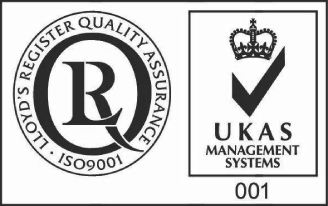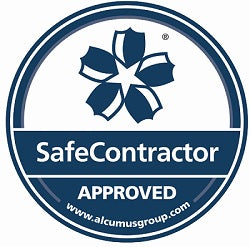
You always knew SCR air compressors were the coolest kids on the block!
Bespoke ducting at a food and beverage plant will remove the hot air discharge of these SCR60EPM air compressors, effectively channelling it away.
This prevents the room from overheating, so providing the perfect temperature for the compressors (enhancing system performance). The hot air can then be used as a heat source for other areas.
Let's look at some of the key benefits of heat recovery from a compressed air system:
Key Points
Research suggests heat recovery from air compressors can improve energy efficiency by recovering up to 90-96% of wasted heat.
This can lead to significant cost savings, with potential annual savings of up to £11,564 for a 100 hp compressor and a return on investment within 1-3 years.
There are also environmental benefits, including reduced CO2 emissions, potentially qualifying for green incentives.
Practical applications include heating buildings, providing hot water for industrial processes, and preventing damage like mould, with unexpected uses like drying or cooking. Industry-specific advantages are notable, especially for sectors like chemical manufacturing and food production needing process heating.
And the Benefits Overview?
Heat recovery from air compressors captures the heat generated during compression, which is otherwise wasted, and repurposes it for various uses. This process can significantly enhance energy efficiency, as research indicates up to 90-96% of the heat can be recovered, turning a typically inefficient system (10-15% without recovery) into a more sustainable operation.
Cost Savings and Financial Impact
The financial benefits are substantial. These are achieved by reducing reliance on traditional heating systems, such as boilers, which can lower overall energy bills. For instance, a 100 hp compressor running 2,080 hours/year with 70% recovery yields 370,552,000 Btu/year, translating to significant cost reductions when converted to fuel cost savings (using 3,412 Btu/kWh). The return on investment (ROI) is typically 1-3 years, sometimes as short as one year, making it an attractive option for businesses. Low investment costs for factory-fitted or retrofitted systems further enhance long-term cost benefits.
Environmental and Practical Uses
Environmentally, it reduces CO2 emissions, with large-scale impacts equivalent to removing emissions from hundreds of thousands of cars annually, and may qualify for government incentives for green technologies. Practically, the recovered heat can heat buildings, provide hot water for laundries or industrial cleaning, and even prevent damage like mould by managing condensation. An unexpected detail is its use in drying, cooking, or paint drying, expanding its utility beyond typical heating needs.
Industry-Specific Advantages
Certain industries, such as chemical manufacturing, food production, and paint shops, benefit particularly from process heating, making heat recovery a tailored solution for their operations. Chemical manufacturers, the food industry, electroplaters, and paint shops find it ideal for process heating, with water-cooled systems (50-60% recovery) fitting fluid heating needs and air-cooled systems (72% recovery) for space heating. Engine-driven compressors, with 30% of gas input as high-temperature heat, can generate steam, comparable to small boilers (e.g., 200 HP unit: 2.2M BTUs input, 660,000 BTUs recovery). This is particularly relevant for large units (>250 HP), where gas input can be as low as 7,500 BTUs/HP. The best fit depends on thermal and hourly matches, with businesses in northern regions (e.g., US offices spending 40% on heating) or variable heat needs gaining the most.



